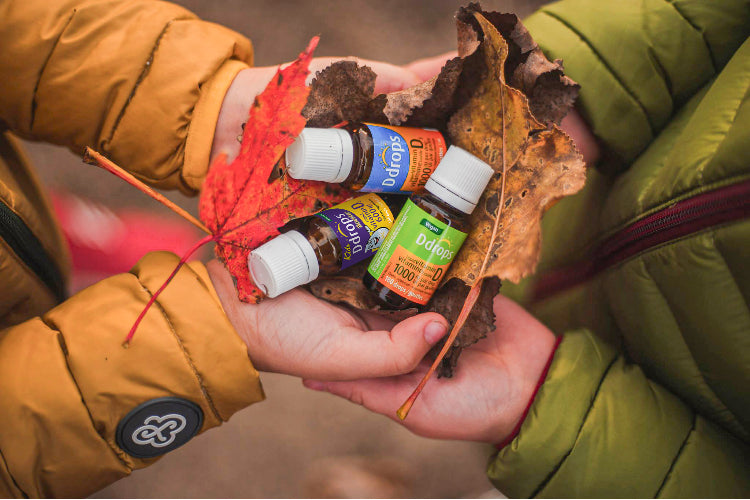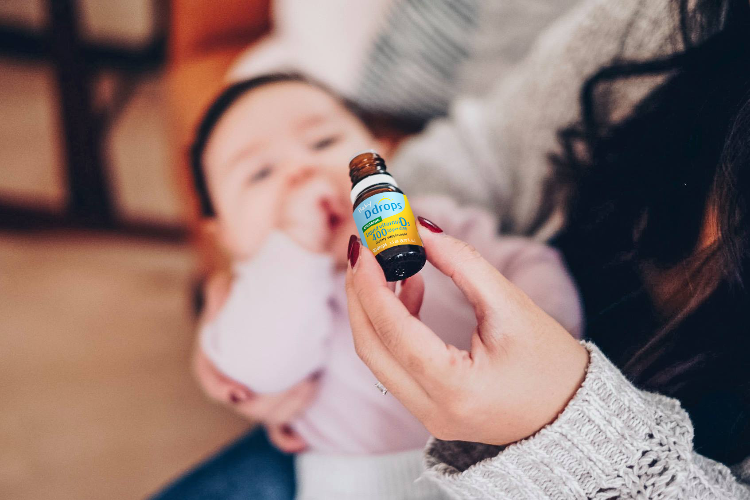August 21, 2015
Many parents aren’t providing their babies with proper sun protection, according to a small study.
The 2015 study, performed by University of Miami researchers, surveyed 95 parents, most of them black or Hispanic, and found that only about 15 per cent knew American Academy of Dermatology (AAD) recommendations for sun safety in infants. The AAD recommends keeping infants under 6 months out of the sun completely.
Other highlights from the study include:
- 83 per cent of the parents said they regularly seek shade for their babies, but only 43 per cent routinely use a hat to shield their baby from the sun, and 40 per cent said they routinely dress their babies in long sleeves and pants to protect them from the sun.
- 29 per cent of parents said they regularly use sunscreen on children younger than six months, even though other methods of sun protection are recommended for children that young.
- 1/3 of parents said they often tried to get their baby to “develop tolerance to the sun’s rays” by gradually increasing the infant’s exposure to the sun.
- Three per cent of parents said their children suffered a sunburn during their first six months of life, and 12 per cent said their children had tanned at that early age, according to the findings being presented at the AAD Summer Academy Meeting held this week in New York City.
“Some parents may think they’re helping their children by exposing them to the sun, but actually, the opposite is true. Unprotected sun exposure can damage the skin and lead to skin cancer,” study author Dr. Keyvan Nouri said in an AAD news release. Nouri is chief of dermatology services at Sylvester Comprehensive Cancer Centre/University of Miami Hospital and Clinics.
People of colour may think they don’t need sun protection, he says, but that is not the case. “Anyone can get skin cancer, so everyone should take steps to protect themselves and their children from the sun’s harmful rays. Parents of all skin colours should set a good example by practising sun protection and instil good habits in their children from an early age.”
Here are some tips on how to keep your infant safe from the sun’s harmful rays:
- Seek shade:UV rays are strongest and most harmful during midday, so it’s best to plan indoor activities then. If this is not possible, seek shade under a tree, an umbrella, or a pop-up tent. Use these options to prevent sunburn, not to seek relief after it’s happened.
- Cover up: When possible, long-sleeved shirts, long pants, and skirts can provide protection from UV rays. Clothes made from tightly woven fabric offer the best protection. A wet T-shirt offers much less UV protection than a dry one, and darker colours may offer more protection than lighter colours. Some clothing certified under international standards comes with information on its ultraviolet protection factor.
- Wear a hat: Hats that shade the face, scalp, ears, and neck are easy to use and give great protection. Baseball caps are popular, but they don’t protect their ears and neck. If you choose a cap, be sure to protect exposed areas with sunscreen.
- Wear sunglasses: Sunglasses protect your child’s eyes from UV rays, which can lead to cataracts later in life. Look for sunglasses that wrap around and block as close to 100% of both UVA and UVB rays if possible.
- Apply sunscreen: Use sunscreen with at least SPF 15 and UVA and UVB protection every time your infant goes outside. For the best protection, apply sunscreen generously 30 minutes before going outdoors. Don’t forget the ears, noses, lips, and the tops of feet. Take sunscreen with you to reapply during the day, especially after your infant is in the water. This applies to waterproof and water-resistant products as well. Follow the directions on the package for using a sunscreen product on babies less than 6 months old.




ทิ้งข้อความไว้
เว็บไซต์นี้ได้รับการคุ้มครองโดย reCAPTCHA และมีการนำนโยบายความเป็นส่วนตัวของ Google และข้อกำหนดในการใช้บริการมาใช้